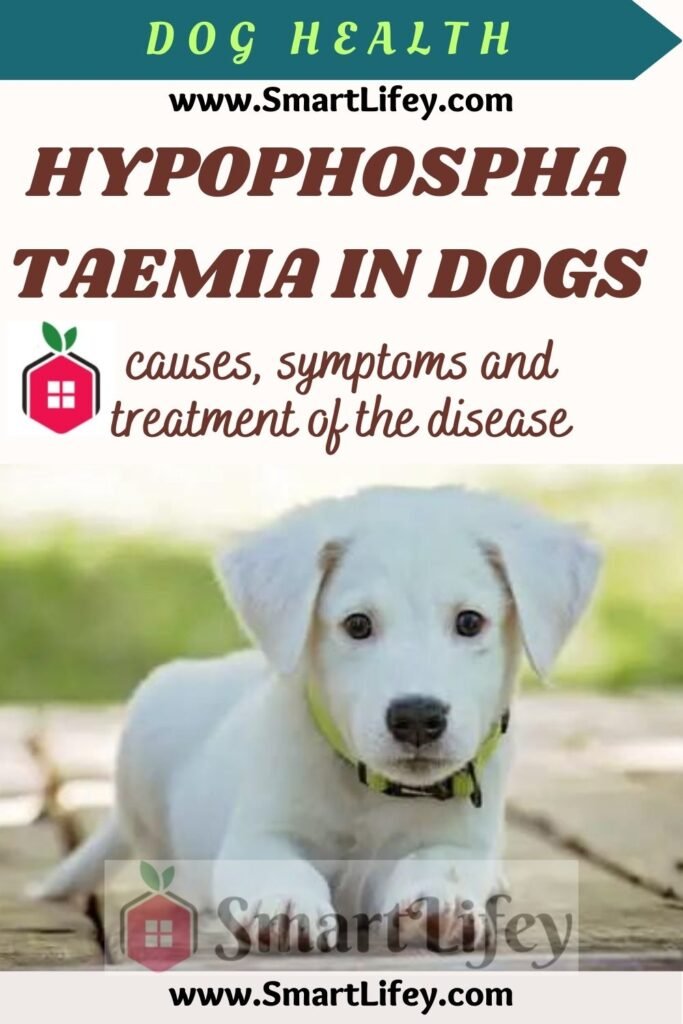Hypophosphatemia in dogs, a problem that can occur in pets. Let’s see what are the triggering causes, the various symptoms and the appropriate treatment.

Living with your dear four-legged friend, you realize how often his health is delicate and how much care he needs to get the well-being he deserves. Dog can be subject, since he was a puppy, to some annoying diseases or common problems, which it is important to know so as not to be caught unprepared and to deal with them correctly, avoiding fatal mistakes. In this article, we talk about hypophosphatemia in dogs and how to intervene to help them.
Hypophosphataemia in dogs: typical causes and symptoms
It is a condition that can affect the furry domestic and that it is necessary to know, in order to be able to notice it in time and to act. Let’s see, together, what are the causes for which this problem arises and the typical symptoms that occur in credit.
Daily life with your trusted friend is not always carefree and dedicated to games and shared experiences in the family. Sometimes, you are faced with health problems that are difficult to notice right away.
There are mechanisms that develop in trust which have to do with the values of the essential minerals at the base of your body. A condition that is always important to check in furry dogs is the value of phosphates in relation to calcium.
The decrease in blood phosphate in dogs is called hypophosphataemia. But when can this condition occur in your pet? Let’s read better here.
Hypophosphataemia in dog occurs when phosphorus values decrease even below 3 mg / dl , we are talking about 1.5-2 mg / dl.
The reasons for the development of the disease may be the increase in renal excretion by phosphorus, the increase of phosphorus in the intracellular spaces or even the inability to absorb phosphorus in the intestine. Other main causes of hypophosphatemia in bau are:
- Poor intake with its diet
- Hypovitaminosis D
- Diabetic ketoacidosis
- Hyperinsulinemia for malignant tumor
- Hyperparathyroidism
- Hypercalcitonemia
- Respiratory or metabolic alkalosis
- Hypomagnesemia
- Excessive diuretic therapy
- Excessive insulin therapy
- Excessive bicarbonate therapy
Typical symptoms in the animal
Symptoms of hypophosphatemia in dogs appear when phosphate values fall below a certain value, 1.5 mg / dl. Be careful, however, as this condition can present itself in the furry dog without any symptoms and in a serious way. Its main symptoms are as follows:
- Weakness;
- Immune-mediated haemolytic anemia in dogs ;
- Ataxia of the dog ;
- Convulsions.
Dog and his disease: diagnosis and expected treatment

As we have seen, some important symptoms can develop in the presence of hypophosphataemia in the furry dog, but it can be asymptomatic. Supplementing for the treatment of this condition is the only solution. We read, specifically, further on.
Hypophosphatemia is a problem that can affect the dog, as well as the domestic cat.
Once the underlying cause is discovered, it is possible for this condition to correct itself. Integration is the answer to the problem, making sure that it does not become excessive, to avoid developing hyperphosphatemia.
If the credit situation is not very serious, oral administration is preferable. In the case, instead, it should be a serious condition is required the administration via intravenous.
Also in this case, it is important not to overdo the supplementation, as it would risk developing iatrogenic hypocalcemia in the animal.
It should be known that, normally, phosphate supplementation is carried out when immune-mediated haemolytic anemia occurs in the dog or if the values decrease below 1.5 mg / dl.
